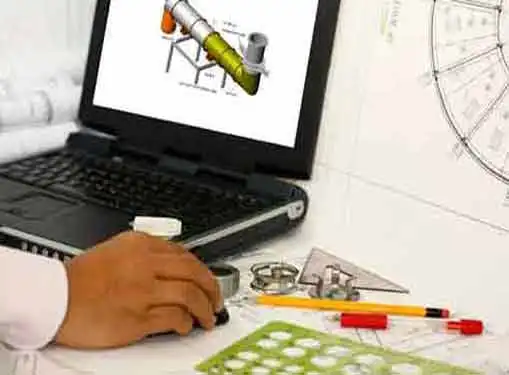Running a Business
New Product Development
Written by Andrew Goldman for Gaebler Ventures
New product development is most successful when, throughout the design and engineering of the new product, multiple company departments are involved to ensure that product roll-out and production is smooth and defect free.
If your company has an emphasis on the research and development of new products, you want to make sure your new products have the best possible chance for success.

This means more than simply offering a good product for the right price or offering an innovative service that the customer probably wants.
This means that throughout the design and engineering of the new product, multiple areas of your company are involved to ensure that product development goes smoothly.
You may have a research and development department or one individual responsible for the creation of new products.
In either case you don't want to limit your R&D to one corner of your company.
At various stages of your research and development, the different departments within your organization need to be actively involved. By involving those who will later be in charge of producing and selling the product, you're eliminating the chance of errors and problems will occur when it's too late to fix them.
For example, once your R&D team has identified a customer need and begins developing the concept for the new product or service, you'll want to have a meeting with your sales team. The sales team should provide input on whether they think the product can sell and in what quantity. This should be in line with the expectations originally laid out.
If the number of expected sales is less than initially anticipated, there should be open communication to discuss these preventative issues. It is crucial for the success of a new product that the sales team feels comfortable and confident in the product. You can create the best product in the world, but if your sales team isn't enthused about selling it, chances are it will be a flop.
Once your sales team has agreed with the concept and believes it will sell acceptable numbers, it's time to begin the physical design of the product. At this point you'll want to actively engage the production team to discuss the design and means of production. This is a critical step that is often missed in the research and development cycle. The production team will have invaluable information regarding the production design. While they won't provide aesthetic suggestions, they will provide necessary information regarding the cost of production. They may suggest an alternate piece or part that will eliminate defects and reduce the cost of production.
Without the production team's input, you may create a product that is defect-prone and costly to produce. By discussing the product with the manufacturing team you'll nip the problem weed in the bud. If you outsource your production you should incorporate them in this process as well.
After you have the go-ahead from the production team, it is time to go back to the sales team for a final approval. Changes may have been made based on the production team's suggestion. Make sure that these changes will not affect expected sales. Once the sales team has again approved the product, you are ready to move on to the final stages.
Depending upon the company structure, approval is typically needed by senior management before the product is officially a go.
This step is crucial, but if the senior management makes suggestions that contradict the sales or manufacturing teams, be sure to that a thorough discussion follows suit. Too much time and effort has been spent on designing this product to change due to an issue of seniority.
Once you have developed a product you want to make sure that the customers want what you're going to produce, your sales team can sell what you're going to produce and that your production team can produce the product cost-effectively and with minimal defects.
If you've checked off these three items, you're ready to roll out a new product!
Andrew Goldman is an Isenberg School of Management MBA student at the University of Massachusetts Amherst. He has extensive experience working with small businesses on a consulting basis.
Share this article
Additional Resources for Entrepreneurs

Conversation Board
Do you have some tips on how to develop new products? We would love to hear what you have to say regarding new product development.